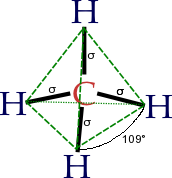
Photo from academic.microsoft.com
Strategies for the generation of noroxymorphone from 14-hydroxymorphinone are presented. Noroxymorphone is the key intermediate in the synthesis of various opioid antagonists, including naloxone, naltrexone and nalmefene, as well as… Click to show full abstract
Strategies for the generation of noroxymorphone from 14-hydroxymorphinone are presented. Noroxymorphone is the key intermediate in the synthesis of various opioid antagonists, including naloxone, naltrexone and nalmefene, as well as mixed agonists-antagonists like nalbuphine. The transformation requires removal of the N-methyl group from the naturally occurring opiates and a double bond hydrogenation. The pivotal reaction step thereby is a N-methyl oxidation with colloidal palladium(0) as catalyst and pure oxygen as terminal oxidant. The reaction produces a 1,3-oxazolidine intermediate, which can be readily hydrolyzed to the corresponding secondary amine. Different reaction sequences and various phenol protection groups were explored. The most direct route consumes only H2, O2 and H2O as stoichiometric reagents and produces only H2O as by-product. Challenges inherent in gas-liquid reactions with oxygen as oxidant were addressed by developing a continuous flow process.
Journal Title: European Journal of Organic Chemistry
Year Published: 2017
Link to full text (if available)
Share on Social Media: Sign Up to like & get
recommendations!